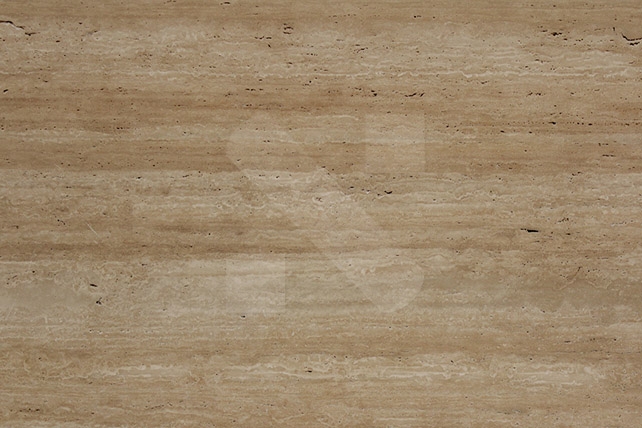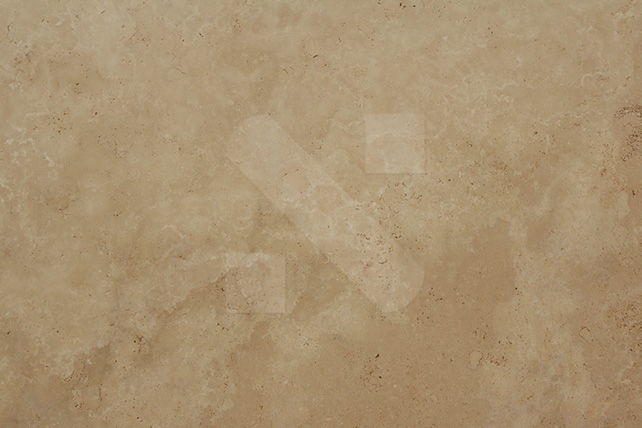The Travertine Classic is possibly the most famous and on-demand travertine stone in the world. Despite this popularity, the Travertine Classic has two main variations, the vein-cut and the cross-cut. Both generate a complete different look, since the sawn techniques involved expose different parts of the stone.
Over the past few decades, the Travertine Classic has been achieving an incredible growth and a solid positioning in the international market. The reasons behind this tremendous success are numerous, including a large availability, competitive pricing and a very interesting appearance. But that’s not all, the Travertine Classic is also very versatile and it can be used on about all sorts of projects and applications. The two main variations promote this versatility as well, since it creates two distinctive looks for the same type of stone. For instance, the vein-cut variation exposes the natural veinage, which runs in a parallel way across the surface. The cross-cut variation is a bit more uniform and plain, as it shows some darker and clouded spots. This change in appearance is a sole matter of sawing techniques.
Travertine Classic Vein-Cut
The Travertine vein-cut presents a rich background, filled with a darker veinage and natural elements. This specific appearance results from a direct sawn, which induces the cut in favour of the natural vein. This technique displays the true essence of the Travertine Classic, with a parallel veinage running along the entire surface. Moreover, the veins are normally darker than the light beige background. Therefore, it creates a very interesting and beautiful effect, especially in interior applications like flooring, bath design and decoration. The vein-cut variation is rarely used in combination with other natural stones, because it creates a visual break, as the parallel structure of the Travertine is discontinued.

Travertine Cross-Cut
The Travertine Classic doesn’t always display a veinage pattern. The cross-cut variation presents a more uniform and regular background. Instead of the veinage, this variation features a plainer background, with some darker and clouded areas. By turning the slabs around, the original position from the extraction point changes as well, and so does the cutting direction, which goes against the vein. As a result, the veinage disappears and the background becomes rather clouded. The Travertine Classic cross-cut is suitable for many types of applications, from cladding, to coverings and flooring. Unlike the vein-cut, this variation is often used with other natural stones, due to its neutral and pattern free appearance.

If you’re looking for a Travertine Classic supplier, don’t hesitate to contact our support team. For other content on natural stone, visit our blog.
For more reference information about Travertine, check the following link:
– Globalstoneportal

